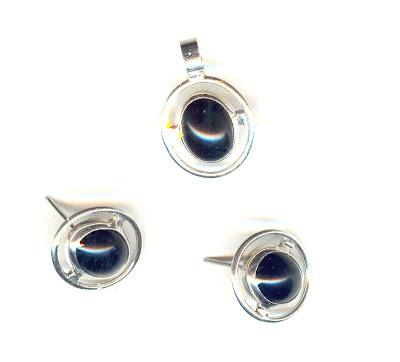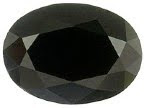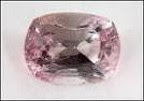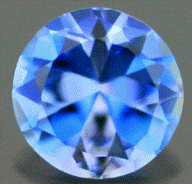In 2010, going green means more than responsibly reducing your carbon footprint. There's a green color revolution in fashion and accessories - and, of course, that means jewelry, too. For spring and summer, green sundresses, tees, and sandals are must-haves for every stylish wardrobe and, at the same time, some treat-yourself green gemstone jewelry to complement.
What's that, you say? You're thinking perhaps you shouldn't wear green - skin tone too yellowy? Well, think again. According to the "Fashion Color Report for Spring and Summer" from the Pantone Institute, there's a green for everyone. For some, it's the blue-green of turquoise while, for others, it's more what Pantone calls "the neutral-green of dried herb." Leatrice Eiseman, Pantone's executive director, says, "Turquoise is a vibrant bright green that we associate with tropical ocean-filled vacations," while dried herb is a practical green, "the ultimate green neutral for people typically hesitant to invest in the color." Fashion designer Carmen Marc Valvo's version of dried herb is, in fact, his signature shade for the warm-weather seasons, juxtaposed with - how exciting - metallic gold!
.
And then of course don't forget the various colored green gemstones - Moldavite, Peridot, Tsavorite Garnet, Tourmaline, Chrysoprase, Emerald, Green Fluorite, Malachite, Sansereas, Vertelite, Jade to name the more known ones, and of course don't forget Green Diamonds.
.
.
And back to speaking of gold…since early last year, international trend forecasting expert Ellen Sideri has been anticipating the exciting renaissance of gold jewelry set with green gemstones. "Everything from light to dark greens," said the founder and president of ESP Trendlab in New York City. In early '09, Sideri noted, "They're starting to punctuate the market and, in 2010, they'll be very strong." Well, Sideri was spot-on, emphasizing that wearing green gemstone jewelry this year "is a way to wear luxury and not deprive yourself." Because, she said "even though some great greens can, admittedly, be rather pricey, other fabulous ones are really affordable. And, today, personal style is all about mixing quality product at the high, low, and middle. Look at Michelle Obama. The First Lady is a perfect example of how best to mix luxury and mass together and make it work beautifully. I especially like layering and stacking jewelry pieces," So, in 2010, she recommends, "Mix various shades of green gems together."
And back to speaking of gold…since early last year, international trend forecasting expert Ellen Sideri has been anticipating the exciting renaissance of gold jewelry set with green gemstones. "Everything from light to dark greens," said the founder and president of ESP Trendlab in New York City. In early '09, Sideri noted, "They're starting to punctuate the market and, in 2010, they'll be very strong." Well, Sideri was spot-on, emphasizing that wearing green gemstone jewelry this year "is a way to wear luxury and not deprive yourself." Because, she said "even though some great greens can, admittedly, be rather pricey, other fabulous ones are really affordable. And, today, personal style is all about mixing quality product at the high, low, and middle. Look at Michelle Obama. The First Lady is a perfect example of how best to mix luxury and mass together and make it work beautifully. I especially like layering and stacking jewelry pieces," So, in 2010, she recommends, "Mix various shades of green gems together."
.
.





+Jasper+Set+GS334.jpg)

+Glass+Pearls+Set+GS336.jpg)







































